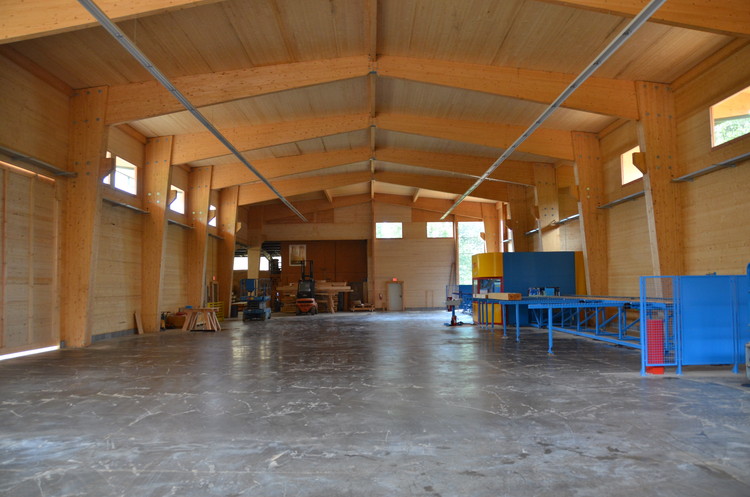
By next Fall, the architecture students of Washington University in St. Louis will no longer be allowed to use Styrene on their projects. The university's newspaper, Student Life reports that the commonly used white plastic material was deemed in 2014 by the National Research Council's National Toxicology Program as "reasonably anticipated to be a human carcinogen." Thus the Sam Fox School of Design is taking its own measures to protect their student's health. A number of other schools and cities have already banned Styrene since the NRC's ruling.














.jpg?1455117467)



